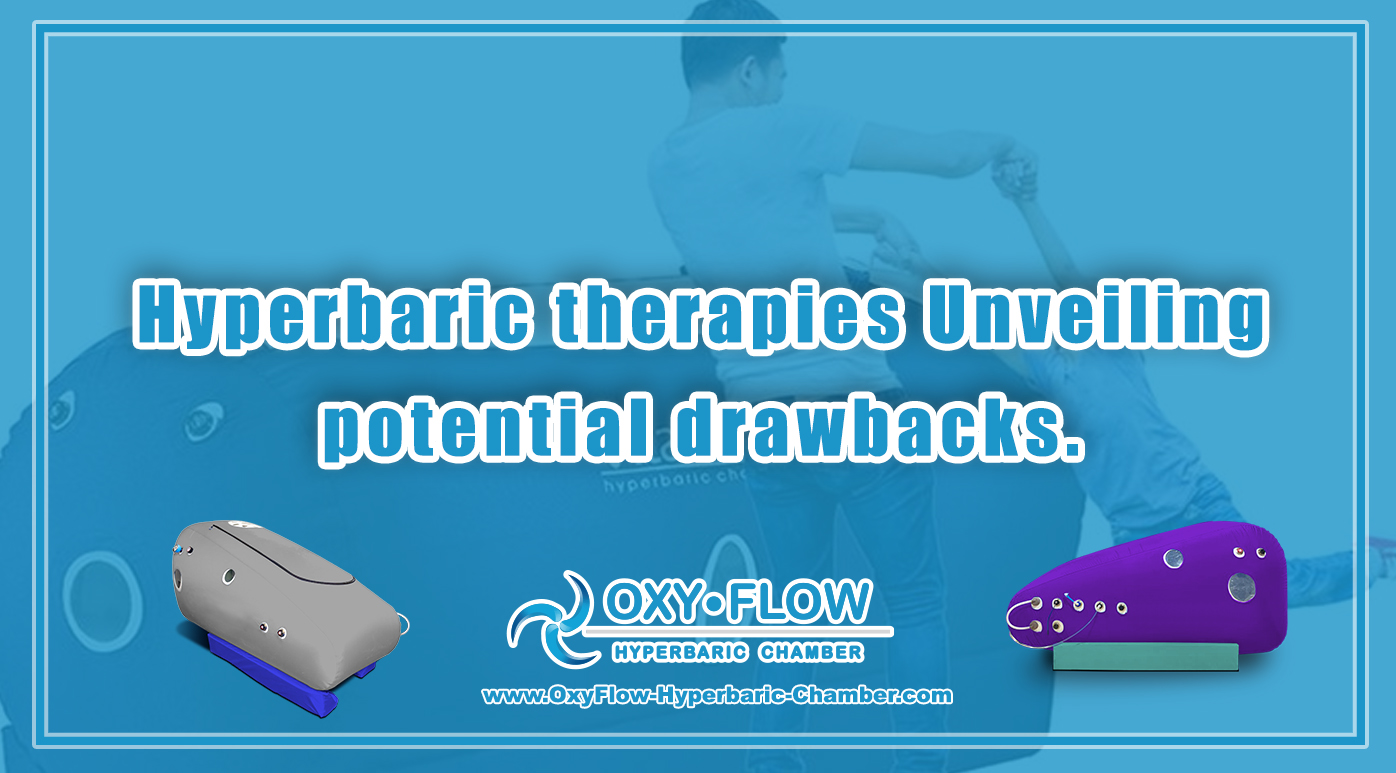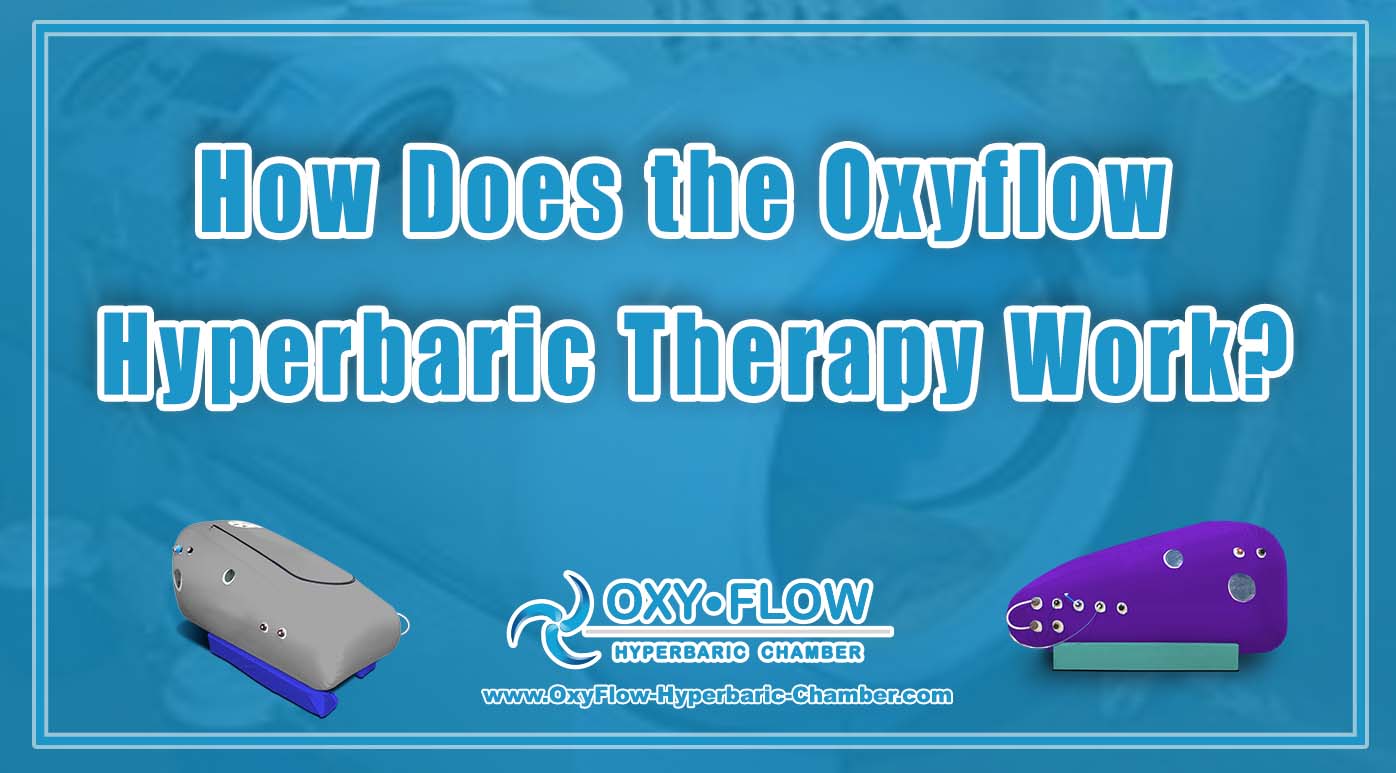
Hyperbaric therapies | Unveiling potential drawbacks.
Hyperbaric therapies | Unveiling potential drawbacks.

Hyperbaric therapies Hyperbaric oxygen therapy (HBOT) has gained popularity in recent years as a treatment for various medical conditions. This therapy involves breathing pure oxygen in a pressurized room or tube, allowing your lungs to gather more oxygen than would be possible when breathing pure oxygen at normal air pressure. While this treatment has shown promising results in improving healing and reducing symptoms for some conditions, there are potential drawbacks and risks that individuals should be aware of before considering this therapy.
Understanding Hyperbaric Therapies.
Hyperbaric therapy works by increasing the atmospheric pressure inside a chamber, typically two to three times higher than normal air pressure. This pressure allows your lungs to gather more oxygen, which is then carried throughout your body via your bloodstream. This increased oxygen supply can promote healing, reduce inflammation, and help fight off bacteria and infections.
Hyperbaric therapies Conditions Treated with Hyperbaric Therapy.
Hyperbaric therapy is commonly used to treat conditions such as:
- Non-healing wounds
- Carbon monoxide poisoning
- Decompression sickness
- Radiation injuries
- Diabetic ulcers
- And more
Research has shown that hyperbaric therapy can be beneficial for these and other conditions, making it a valuable treatment option for many patients.
Potential Drawbacks of Hyperbaric Therapies.
While hyperbaric therapy has shown positive results for numerous individuals, there are potential drawbacks and risks associated with this treatment that should not be overlooked.
Oxygen Toxicity.
One of the primary risks associated with hyperbaric therapy is oxygen toxicity. Breathing pure oxygen at high pressures for an extended period can lead to oxygen toxicity, which can cause lung damage, seizures, and other serious complications. It is essential for patients undergoing hyperbaric therapy to be closely monitored to prevent oxygen toxicity.
Hyperbaric therapies Barotrauma.
Barotrauma refers to physical damage to body tissues caused by a difference in pressure between an air space inside or beside the body and the surrounding gas or fluid. In the case of hyperbaric therapy, rapid changes in pressure can lead to barotrauma, particularly in the ears and sinuses. This can result in discomfort, ear pain, sinus pressure, and in severe cases, damage to these tissues.
Fire Risk.
Hyperbaric chambers are oxygen-rich environments, making them highly flammable. While measures are in place to reduce the risk of fires in hyperbaric chambers, there is still a potential fire hazard that patients and medical staff must be aware of during treatment.
Claustrophobia.
Some individuals may experience claustrophobia or feelings of anxiety when placed in a confined space such as a hyperbaric chamber. This can make the treatment process uncomfortable or challenging for those who are sensitive to enclosed spaces.
Conclusion.
Hyperbaric therapy has shown significant promise in treating various medical conditions, offering patients a non-invasive and effective treatment option. However, it is crucial to be aware of the potential drawbacks and risks associated with this treatment to make an informed decision about its suitability for individual cases. Patients considering hyperbaric therapy should discuss these factors with their healthcare provider to ensure a safe and successful treatment experience.


